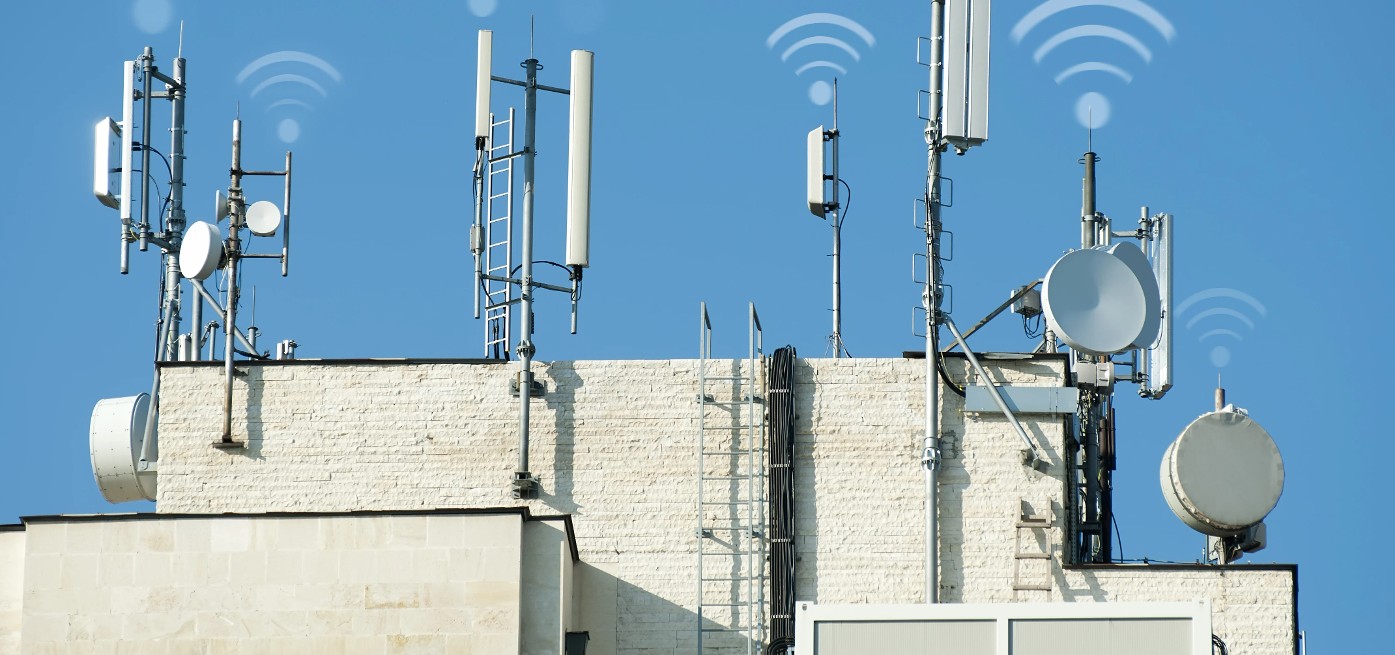
How to Block Drones with a Drone Jammer
In an age where the sky is dotted with drones, the importance of drone jammers has never been more significant. From commercial deliveries to personal

In today’s digital age, mobile phones have become an essential part of our lives. However, there are instances when we encounter poor signal reception or interference, especially in areas with multiple mobile network operators. To address this issue, full-band signal blockers have been developed to shield unwanted signals. However, it is important to understand that the effectiveness of these blockers may vary depending on several factors. This article aims to explore the factors that contribute to the differences in shielding effectiveness of full-band signal blockers for different mobile network operators.
Mobile network operators, such as China Mobile, China Unicom, and China Telecom, operate on different frequency bands. These operators have varying signal transmission powers and channel numbers, which can impact the effectiveness of full-band signal blockers. The power and frequency of signals emitted by base stations differ, leading to variations in signal strength and channel availability.
The distance between base stations and the site where the signal blocker is installed can also affect its effectiveness. Additionally, the presence of obstacles, such as buildings or natural terrain, can further impact signal strength. Different regions may have different architectural structures, base station orientations, power levels, and terrains, resulting in varying signal strengths, channel numbers, and frequency bands.
In real-world usage scenarios, full-band signal blockers face complex interference from various sources. Factors such as indoor and outdoor signal strength variations, as well as the presence of metallic objects or obstacles, can negatively impact signal reception. This interference can lead to variations in signal strength among different mobile network operators in the same location. Consequently, the effectiveness of full-band signal blockers may differ depending on the usage environment.
To ensure optimal shielding effectiveness, a thorough on-site survey is necessary. This survey should assess the signal strength environment for various signal frequencies within the desired shielding area. Additionally, understanding the specific requirements of the customer is crucial. Thorough analysis of the distribution of mobile signals in the area and the structural characteristics of the buildings in the shielding zone is essential.
Using advanced equipment and instruments, a comprehensive analysis of the working frequency bands of the full-band signal blocker can be conducted. This analysis should address the specific needs of the customer and promptly resolve any challenges encountered during the installation process. By providing the best possible solutions, the full-band signal blocker can effectively address the signal interference issues faced by customers.
The effectiveness of full-band signal blockers in shielding signals from different mobile network operators can vary due to several factors. These factors include variations in signal transmission power, channel numbers, distance between base stations and the site, presence of obstacles, and the complex interference from the surrounding environment. To optimize the shielding effectiveness, a detailed on-site survey and analysis of the signal environment are necessary. By understanding the specific requirements and challenges faced by customers, the full-band signal blocker can provide the best solution to ensure uninterrupted and reliable mobile signal reception.
Our frequency checker tool will help you check all frequency bands used in all country.

In an age where the sky is dotted with drones, the importance of drone jammers has never been more significant. From commercial deliveries to personal

Protect your vehicle’s location privacy with a professional guide on GPS jammers. From selection to legal considerations and installation tips, we’ve got you covered. Key

Here’s a step by step guide on how to build your own GPS jammer. Below are the main steps we are going to introduce in

Understanding Signal Blocker: How It Works and Its Applications Signal Blockers are devices that can disrupt mobile phone signals, preventing them from connecting to base

The Application and Benefits of High-Power Signal Jammers Enhancing Signal Blocking Efficiency in Various Environments In today’s technologically advanced world, the need for effective signal

Considerations for Purchasing Exam Room Signal Jammers Ensuring Effective Signal Jamming for Exam Integrity As the year approaches its end, many schools are preparing for

The Importance of Monitoring and Signal Interference Measures During Examinations During examination periods, it is crucial to closely monitor the examination venues and their surrounding

Selecting the Appropriate Cell Phone Jammer for Theaters and Auditoriums Overcoming Challenges in Installation and Maximizing Signal Disruption The Importance of Cell Phone Jamming in

Remote Control of Cell Phone Jammers via Smartphone: A Possibility? With the rapid development of the Internet of Things (IoT), numerous smart home devices have

Supplying high quality signal jamming devices since 2010. The only jammer store you can trust.
Jammer Master © 2024. Premium Signal Jammer Supplier Since 2010.